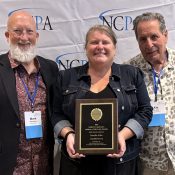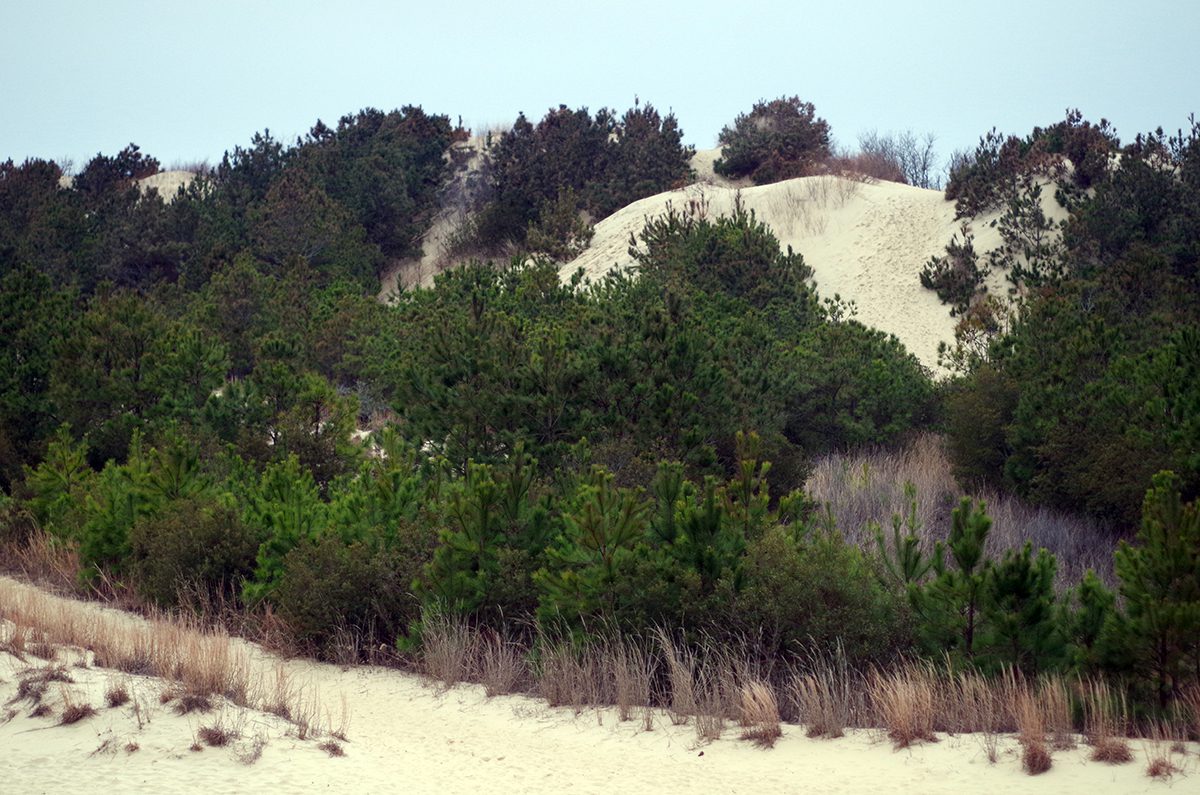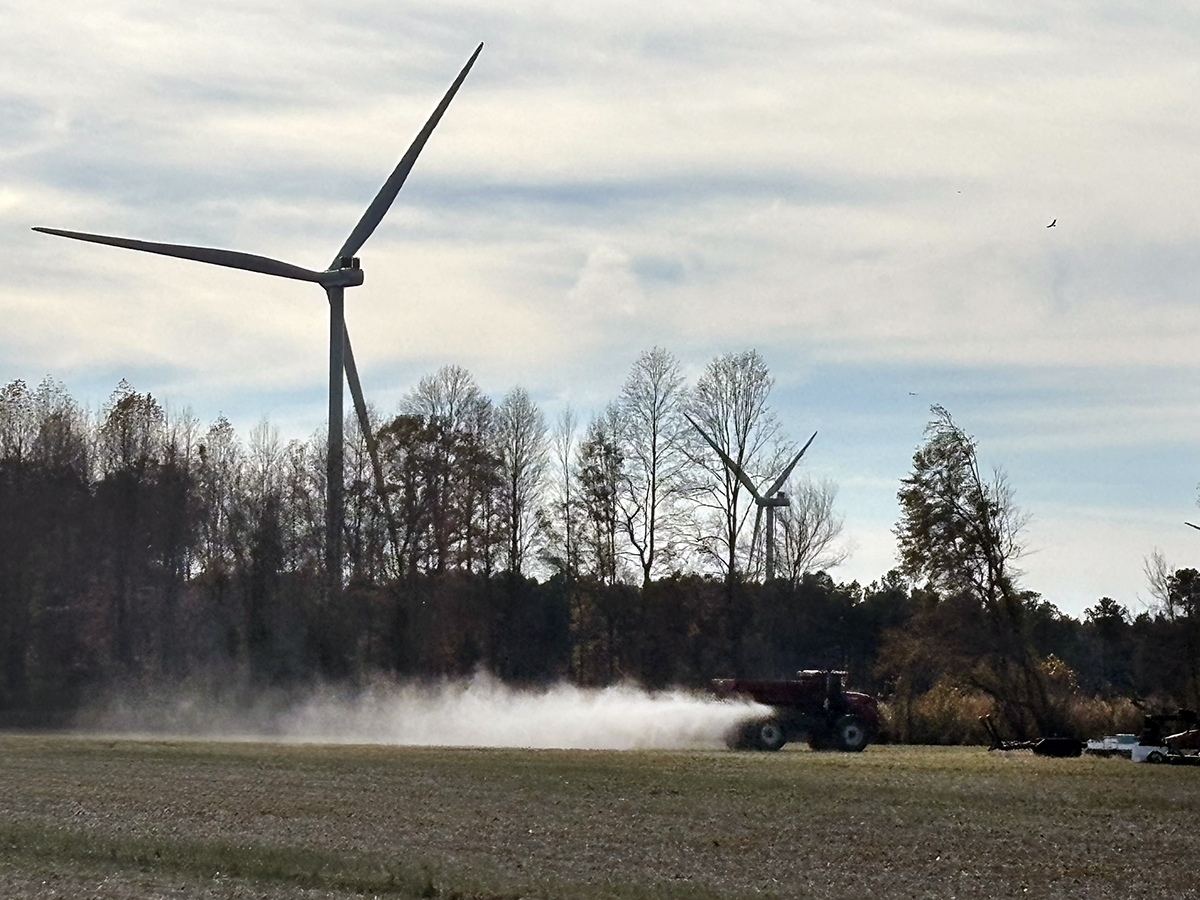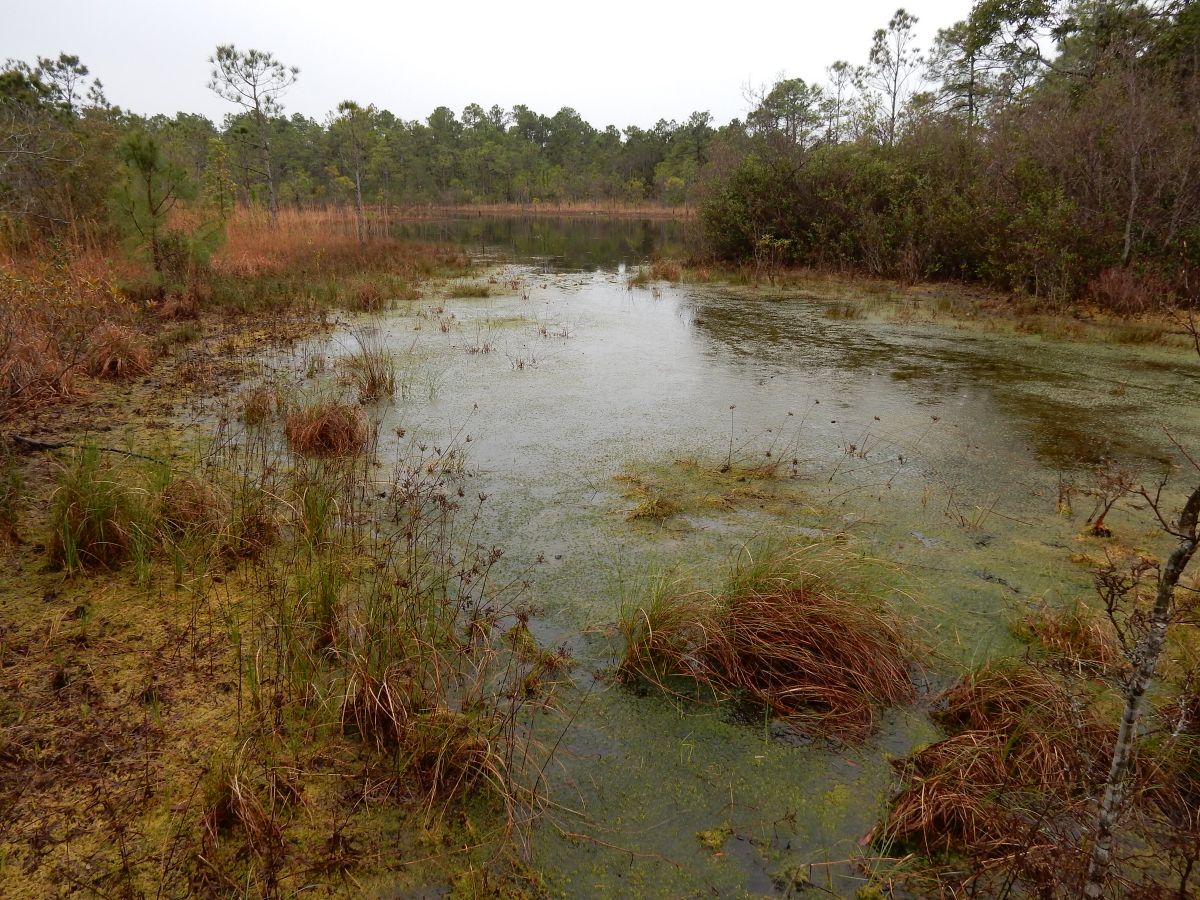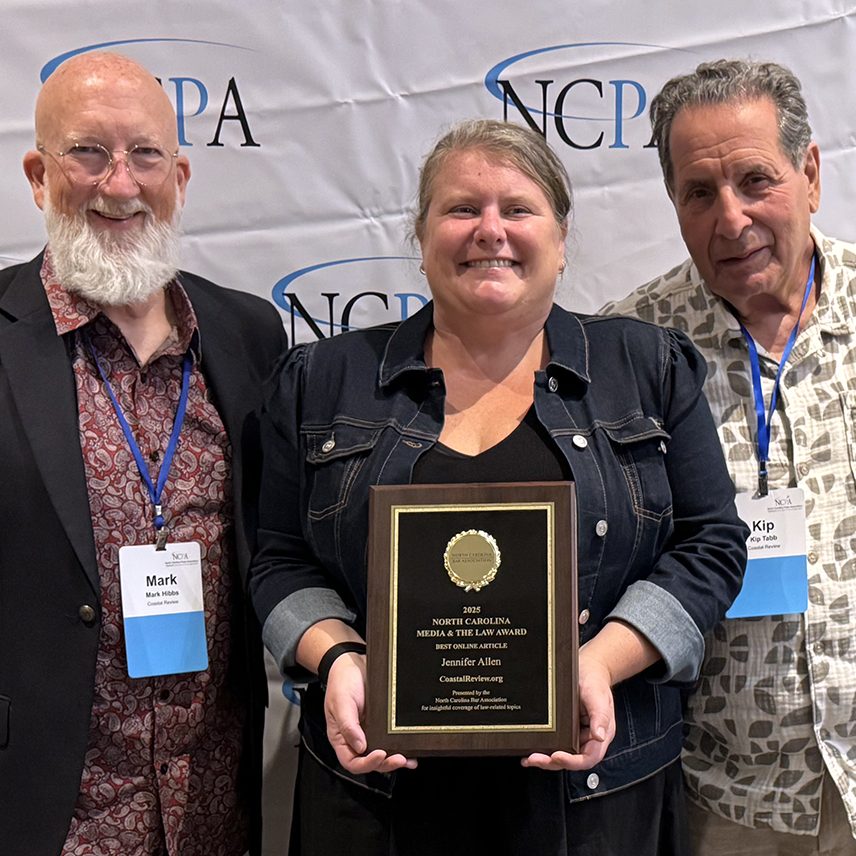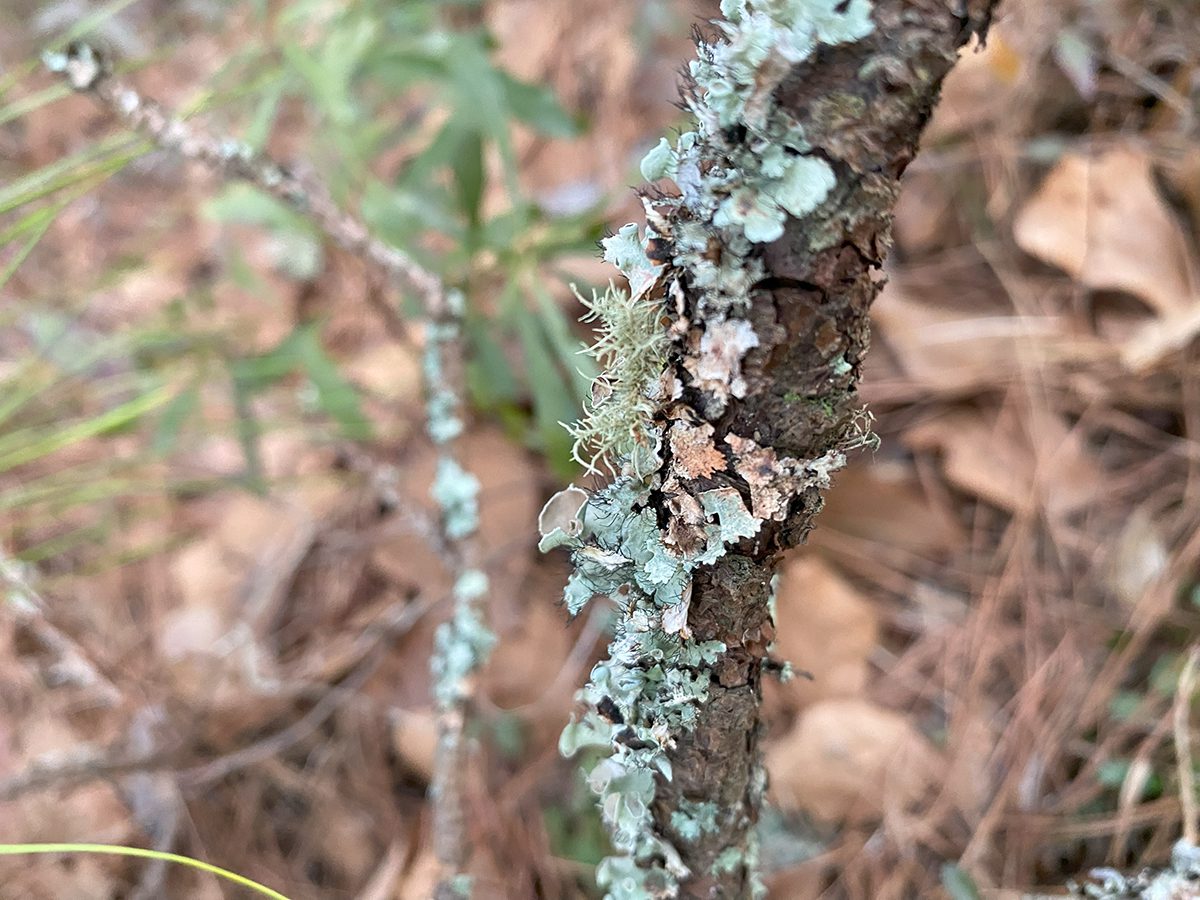
Often mistaken for moss, lichens are actually quite different.
Like mosses, lichens are found all over the world, with somewhere between 12-18,000 known varieties. The number is probably way more, as new specimens are being discovered every year. America has 3,600 different named lichens, while North Carolina has 1,500 all on its own.
Supporter Spotlight
Often, lichens grow on trees or rocks or on the ground, the same way mosses do. Lichens provide many of the same functions as mosses. Birds and animals utilize lichens and mosses for food or shelter. Some lichens are invaluable to humans as natural antibiotics, antivirals, antioxidants, antifungals and even dyes.
Different lichens produce different chemicals, which aids scientists in correctly identifying the lichens, and are often responsible for the variety of colors. Lichens can be green, gray, yellow, orange, purple, blue, red … pretty much any color you can imagine.
Unlike mosses, lichens are not plants. A complex entity that consists of several organisms living in a symbiotic relationship, lichen can grow anywhere from Antarctica to the most desert of deserts.
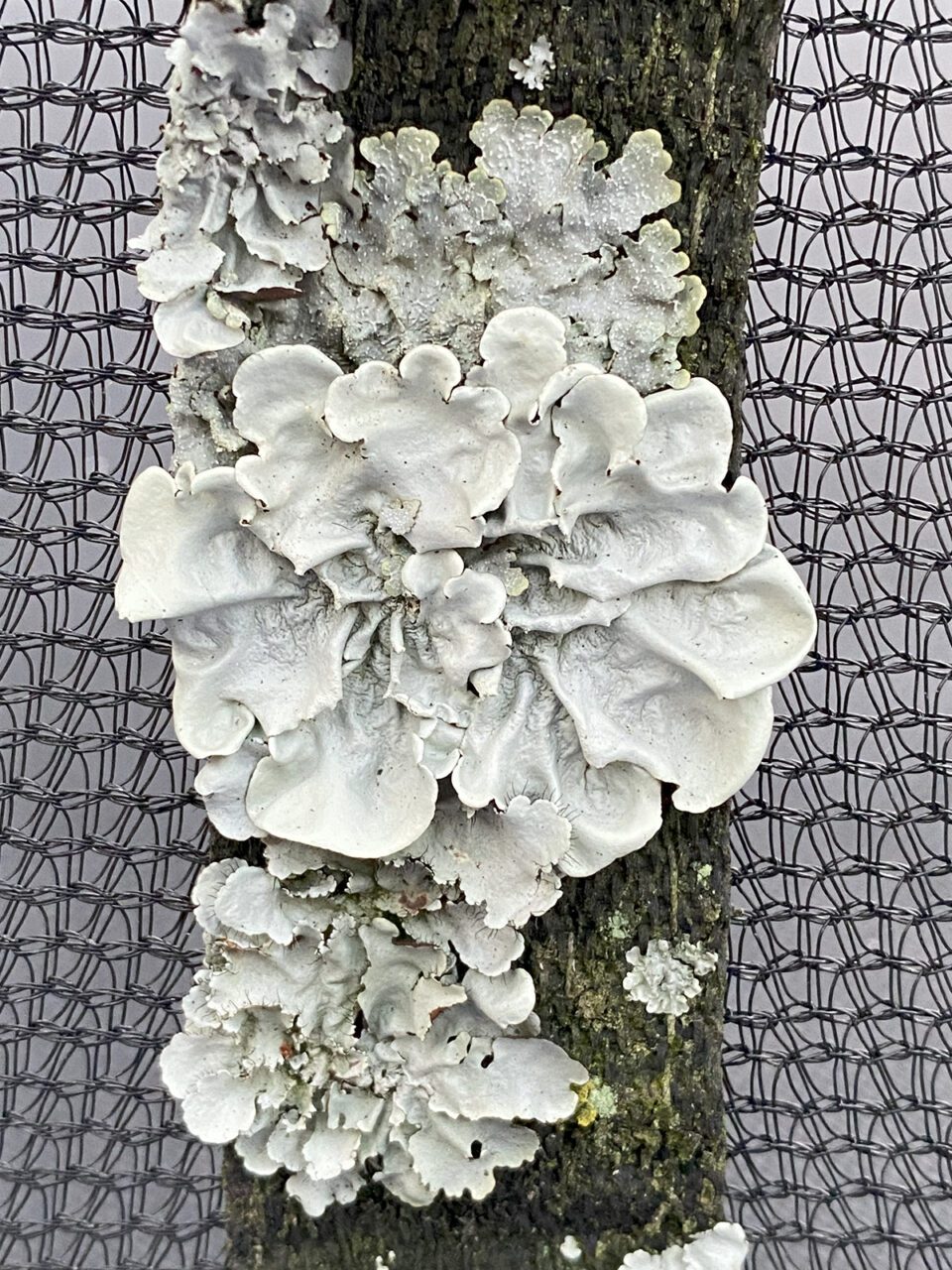
The most outstanding part you see when you look at a lichen is the fungus that makes up the main structure. Smaller and harder to see, there’s usually green algae of some type, which can sometimes be responsible for the color as well, and often cyanobacteria, or blue algae.
The lichen, algae, and cyanobacteria are photobionts. That’s a fancy word for fungus living in symbiosis with one or more partners.
Supporter Spotlight
Lichens grow in one of three main types: foliose, fruticose, and crustose. Foliose has a top and a bottom, like a regular leaf. Fruticose often looks like tiny cupped trumpets, although it can also look like hair or tiny, twiggy shrubs. Crustose is just that: a crust.
If you’ve ever tried to scrape lichen off of something — your car, your house, your favorite shrub — you know it can be as tenacious as Superglue on your fingers … or that bumper sticker one of your kids slapped on your car and you didn’t notice until it had become at one with the paint job. While lichen technically has no roots, it can tag down via rhizines, fungal filaments that attach the lichen to its chosen surface. Others hang on by means of a holdfast, like an umbilical cord.
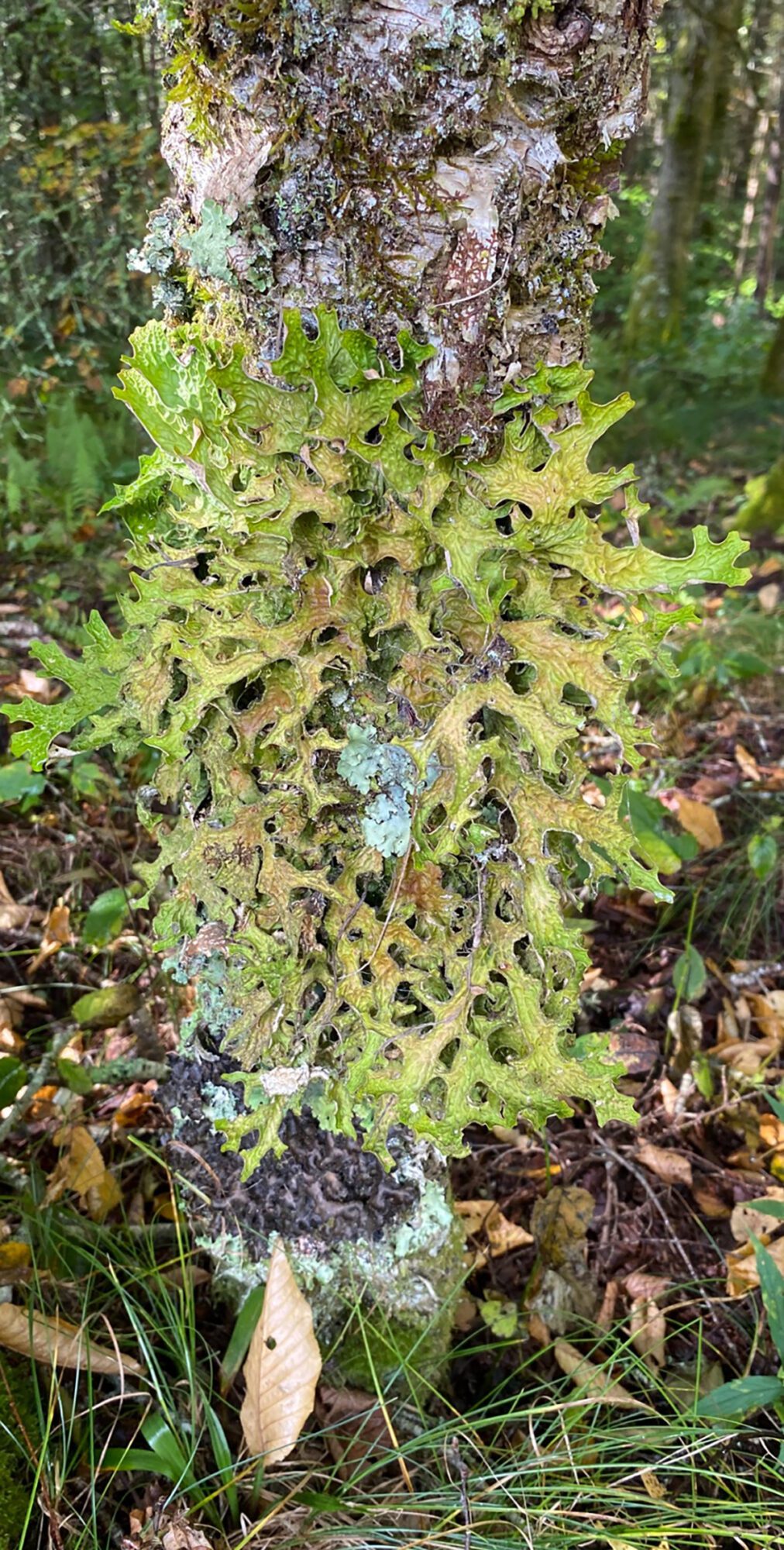
Lichens aren’t just pretty gewgaws. A great indicator of environmental health, lichens also remove heavy metals and pollutants from the air, trapping them in their fungus.
One of the first species to appear in an area, lichen often pave the way for other organisms. Growing in three stages, or succession, the crustose lichen appears first, followed by foliose, and finally by fruticose.
The crustose is completely flat and appears spray painted on a surface. Foliose then grows on top of the crustose, followed by the cherry-on-top fruticose. If you’ve ever been walking in the woods and noticed non-bark-colored patches on trees or rocks, some looking like alien life forms, you’ve probably been looking at lichen.
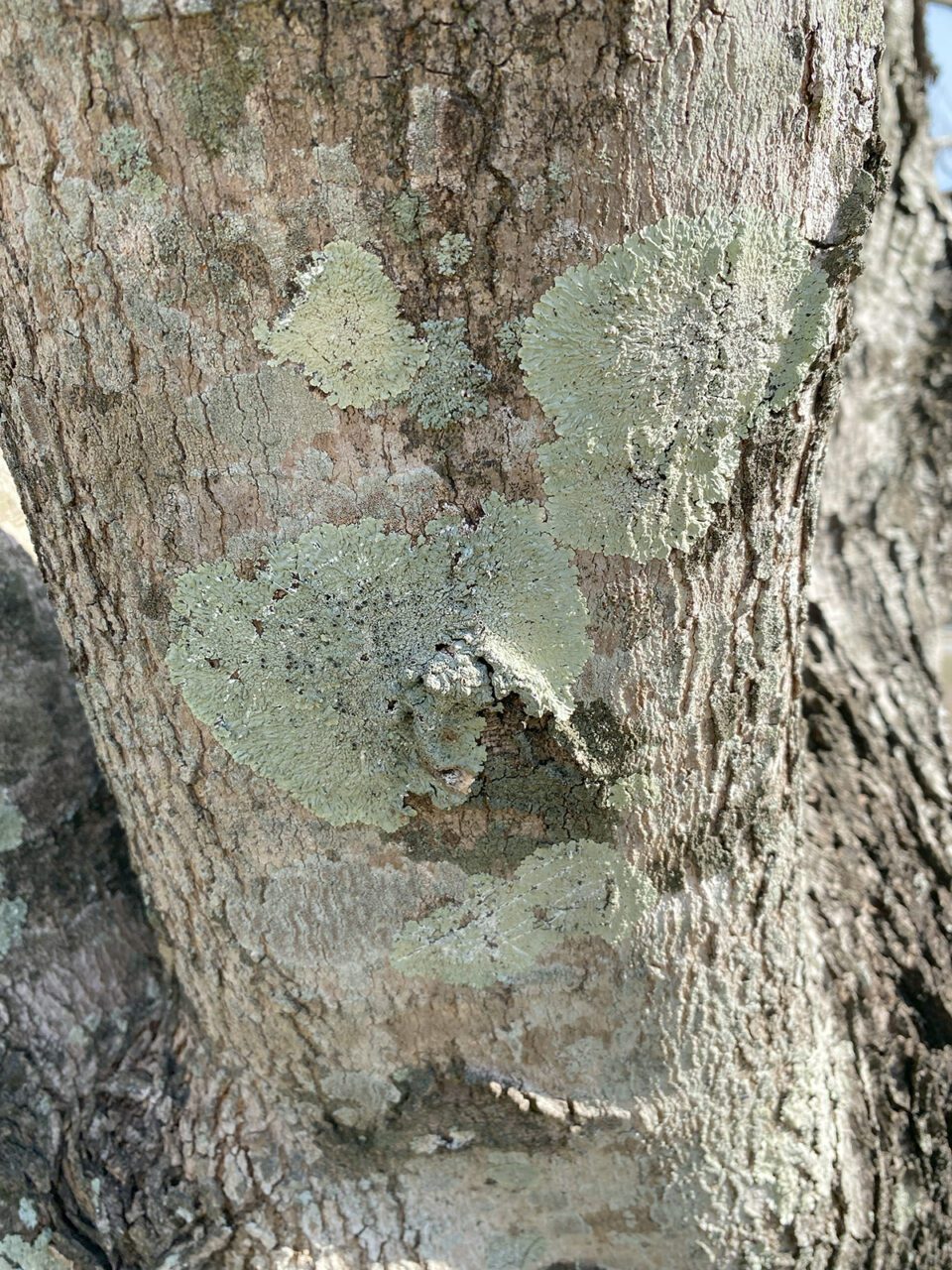
Extremely slow growing, at sometimes less than 1 millimeter a year, lichens take a long while to establish themselves. For untold years, the prevailing theory was that lichens were parasitic and harmful to fruit trees and such. That view is changing — almost as slowly as lichen grows.
Sure, lichen grows on dead trees, helping them decompose back into soil. Lichen is powerful enough to turn stone back into soil, albeit at a slower pace than we’ll ever notice. But does lichen really hurt live trees? Scientists are slowly coming around to a “no” answer.
Much like painting a tree trunk white as people used to do, lichen can help protect tree trunks from harsh weather, whether it’s sunburn or cold or biting winds. Lichen gives insects and lizards and things we don’t even know about places to hide, to shelter, to find food and moisture.
As epiphytes, meaning they get their nutrients from air and rain, lichens cause no damage to their living host. They might look harmful with their creepy appendages and scary monster skin and troll hairdo, but the benefits far outweigh the negatives. Due to their algae’s ability to photosynthesize, or turn sunlight into carbohydrates, lichens can, in turn, absorb those same carbohydrates from their alga. In return, the lichen protects its alga.
Lichen can reproduce asexually by shedding bits of themselves and letting the wind or critters spread them about.
This is where falling limbs and hurricanes come into play. Some lichens are capable of reproducing by spores. The spores can only germinate if they land near suitable alga, so this is a less surefire method.
Many birds, such as hummingbirds, use lichens for nest making. Squirrels and voles eat lichens and use them for nesting material. Snails and slugs eat lichens, which don’t digest in their stomachs, thus spreading bits of lichen to new locations, pre-fertilized.
Reindeer moss, or Cladonia rangiferina, which isn’t a moss at all, grows on the ground. Around here, it’s patchy at best, taking root in sunny spaces dominated by pine heaths. Other places, like the Arctic and Canada and Scandinavian countries, it grows prolifically and is the main food source for caribou, also known as reindeer.
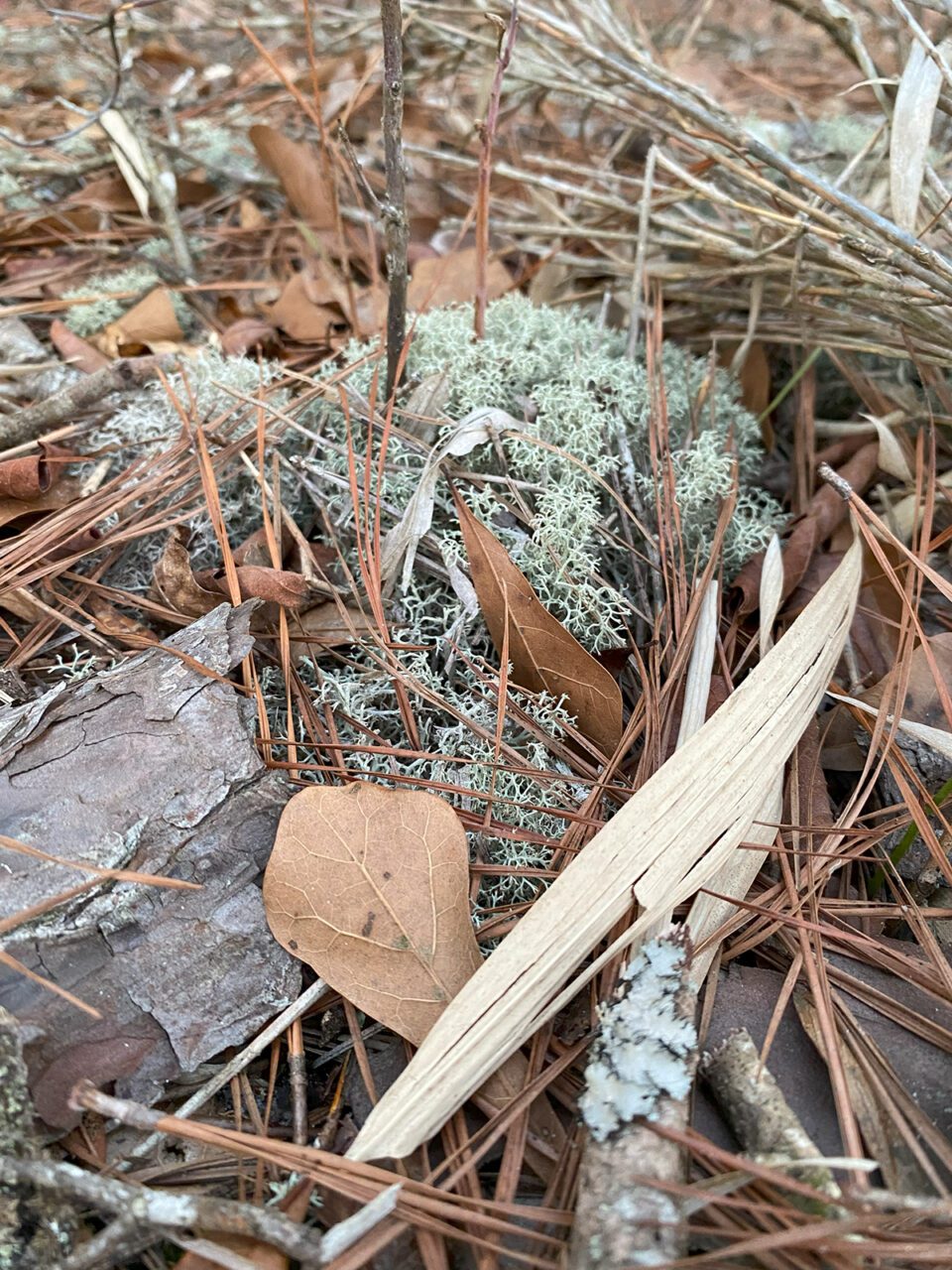
Reindeer moss is fascinating, not only because it’s fun to play with, but also because it can withstand the harshest climates. Thriving on nutrient-poor, acidic soils, it can tolerate temperature extremes. Reindeer moss fixes nitrogen in the soil, and due to its low growth habit and bristly texture, catches bits of leaves and debris, which, in turn, enriches the soil.
If you’ve ever noticed, most pictures of lichen contain some moss. That’s because lichens need moisture to prolong their growth cycle, and mosses holds moisture.
While some countries have a long history of eating lichens in various forms, even to making flour out of it, not all lichens are edible. Some are poisonous to humans and animals.
Utilized for a variety of purposes that include deodorants, perfumes, antibiotics, toothpastes, and salves, lichen are a bigger part of our lives than we realize.


